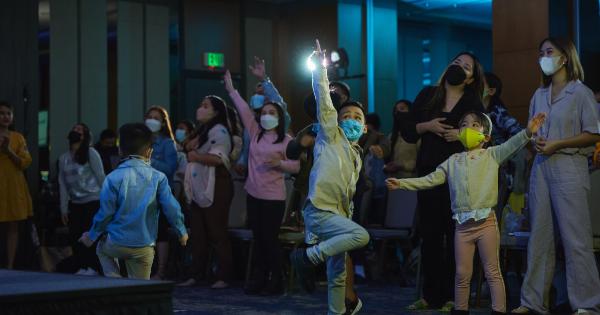Bengali, the Hound of Horror, is a legendary creature that has haunted the imaginations of people in Bengal for centuries. With its terrifying appearance and ferocious abilities, Bengali is known as the embodiment of nightmares and terror.
This article explores the origins, characteristics, and cultural significance of Bengali, shedding light on its enduring presence in Bengali folklore.
The Origins of Bengali
According to popular belief, Bengali is a supernatural creature that lurks in the deepest corners of Bengal. Its origins are shrouded in mystery, with various legends and tales attempting to explain its existence.
Some tales suggest that Bengali is an ancient demon that was unleashed upon the world as punishment for human transgressions. Others believe that Bengali is the manifestation of the darkest fears and desires of the Bengali people.
The Appearance of Bengali
Bengali is described as a monstrous creature that combines the features of various animals. It has the body of a large dog, covered in thick black fur that seems to absorb light.
Its eyes gleam with a fearsome red glow, and its sharp fangs protrude from its snarling mouth. Bengali is often depicted with horns on its head and razor-sharp claws on its paws, adding to its terrifying appearance.
The Strength and Abilities of Bengali
Bengali is known for its incredible strength and agility, which far surpasses that of any ordinary hound. It can move with lightning speed, leaping from one place to another effortlessly.
Bengali possesses heightened senses, making it an expert tracker and hunter. Its powerful jaws can crush bones with ease, and its claws can tear through flesh and armor alike.
Legend has it that Bengali has the ability to control and manipulate shadows. It can blend seamlessly into the darkness, becoming virtually invisible to its prey.
Bengali is said to have the power to summon nightmares and create illusions, driving those who encounter it to the brink of madness.
Bengali in Bengali Folklore
Bengali holds a prominent place in Bengali folklore, where it is often invoked to frighten children into good behavior. Parents and grandparents tell tales of Bengali lurking in the shadows, waiting to pounce on misbehaving children.
Its ominous presence serves as a cautionary tale, reminding children of the consequences of disobedience.
Additionally, Bengali is featured in various folk songs, poems, and theatrical performances. These artistic expressions portray Bengali as a symbol of the underlying fears and struggles of the Bengali people.
The tales of Bengali reflect the resilience and courage required to confront and overcome one’s darkest fears.
The Cultural Significance of Bengali
Bengali’s enduring presence in Bengali culture speaks to its deep-rooted significance. It represents the duality of human nature, embodying both the light and dark aspects of the human psyche.
Bengali serves as a reminder of the fears and anxieties that lie within each individual, and the importance of facing and conquering them.
Furthermore, Bengali symbolizes the inherent power of storytelling and folklore in fostering collective identity and cultural cohesion. The tales of Bengali are shared and passed down through generations, serving as a bond between the past and present.
They provide a sense of belonging and shared heritage, reinforcing the cultural fabric of the Bengali community.
Protective Measures Against Bengali
Throughout history, various protective measures have been recommended to ward off Bengali. Some folklore suggests that wearing amulets or charms imbued with sacred symbols can offer protection against Bengali’s malevolent powers.
Others believe that chanting prayers or performing certain rituals can keep Bengali at bay.
Another common belief is that Bengali can be controlled and tamed through acts of kindness and compassion. It is said that offering food and water to Bengali can appease its wrath, transforming it into a loyal and protective guardian.
Conclusion
Bengali, the Hound of Horror, continues to captivate the imaginations of people in Bengal. Its terrifying appearance, supernatural abilities, and cultural significance make it a captivating figure in Bengali folklore.
As the embodiment of nightmares and terror, Bengali serves as a reminder of the importance of confronting one’s fears and the power of storytelling in preserving culture and tradition.




























